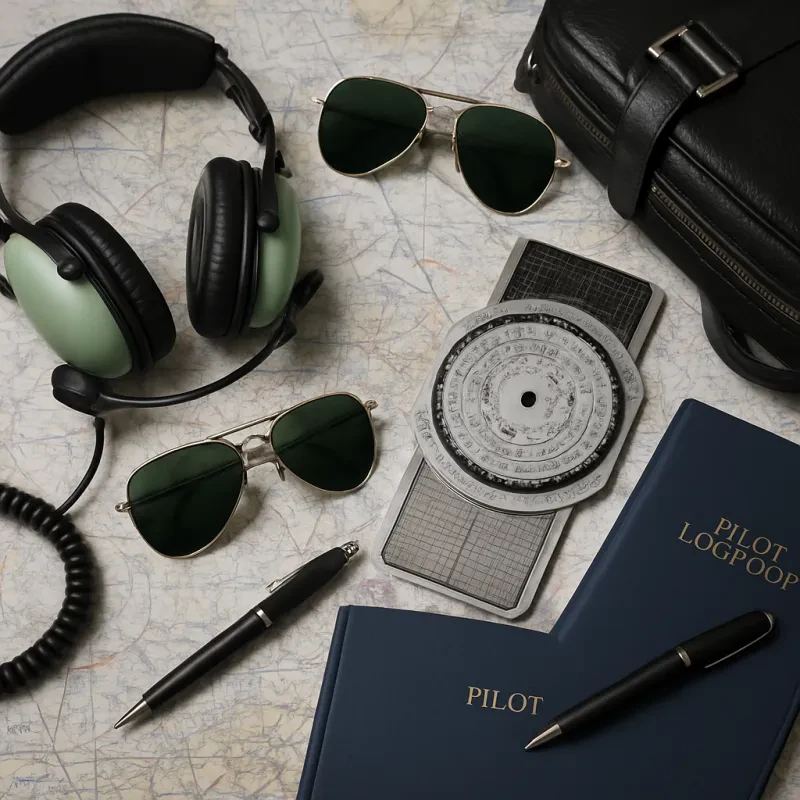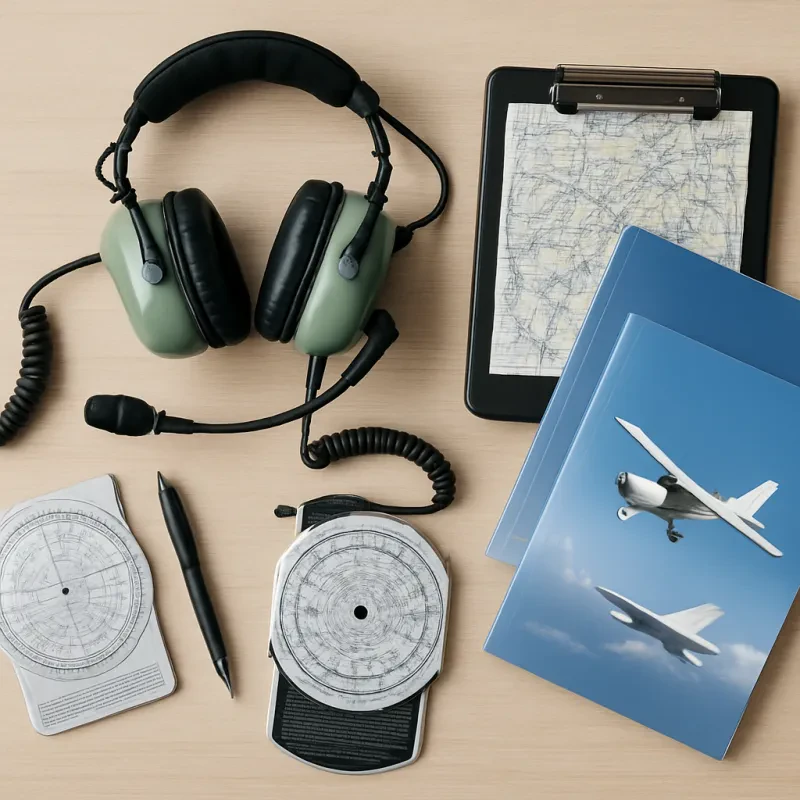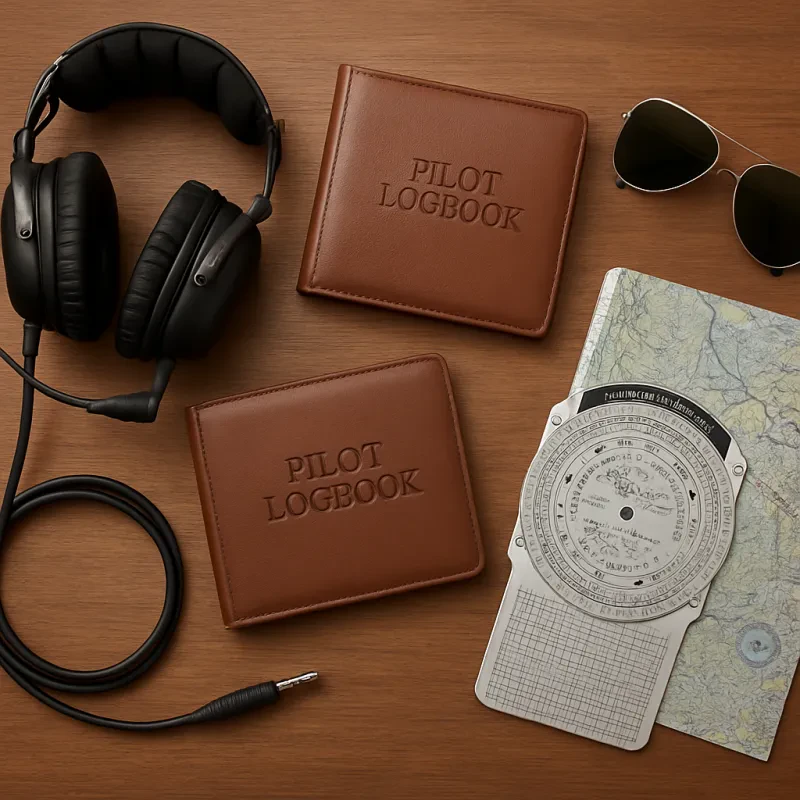As a student pilot, it is crucial to familiarize yourself with the essential aviation regulations that govern the operation of aircraft. By understanding and adhering to these regulations, you not only ensure your own safety but also help maintain the overall safety and efficiency of the entire aviation industry. This article provides a comprehensive guide to some of the most vital aviation regulations that every student pilot should be aware of.
Air Traffic Control (ATC) Procedures: These regulations outline the standard procedures that pilots must follow when communicating with air traffic controllers. ATC procedures ensure efficient communication and coordination between pilots and controllers, helping to prevent mid-air collisions and maintain safe distances between aircraft. Familiarize yourself with the phraseology used in radio communications and understand how to properly interact with ATC by following their instructions and reporting your position and intentions accurately.
Aircraft Operations: These regulations cover a wide range of topics related to the safe operation of aircraft. They include guidelines on pre-flight inspections, weight and balance limitations, aircraft performance calculations, and proper radio procedures. It is crucial to thoroughly understand these regulations to ensure the safety of yourself and your passengers during all phases of flight.
Weather Minimums: Aviation weather regulations establish the minimum weather conditions under which pilots are allowed to operate. These regulations vary depending on the type of airspace, the time of day, and the instrument rating of the pilot. Understanding the weather minimums for each type of airspace and the limitations they impose is essential to make informed decisions about whether to fly or delay your flight due to adverse weather conditions.
Navigating the Skies: Key Regulations Every Student Pilot Must Know
As a student pilot, it is crucial to understand the essential aviation regulations that govern the flying industry. Having a good grasp of these regulations ensures safe and efficient operations in the air. Here are some key regulations that every student pilot should be familiar with:
1. Federal Aviation Regulations (FARs): The FARs are a comprehensive set of rules established by the Federal Aviation Administration (FAA) that cover a wide range of aviation activities. Student pilots should pay particular attention to FAR Part 61, which outlines the requirements for pilot certification, training, and experience. It provides guidelines on areas such as minimum flight time, knowledge tests, and medical certifications.
2. Air Traffic Control (ATC) Procedures: Student pilots must understand the protocols and procedures when communicating with air traffic controllers. These procedures govern how airplanes navigate through controlled airspace and help maintain order and safety. Key concepts include understanding different types of airspace, how to request clearances for takeoff and landing, and adhering to instructions provided by ATC.
3. Aircraft Operating Rules: There are various regulations that govern how an aircraft should operate in different situations. One crucial set of rules is contained in FAR Part 91, which outlines general operating and flight rules. Student pilots need to be aware of these rules such as minimum safe altitudes, right-of-way rules, and rules related to operating in controlled and uncontrolled airspace.
By familiarizing themselves with these important regulations, student pilots can navigate the skies with confidence and ensure the safety of their flights. Remember, this is just a starting point, and it is essential to study and adhere to all applicable regulations throughout your aviation journey.
Safety Above All: Compliance with Aviation Regulations and Guidelines
Aviation is an industry that places an immense emphasis on safety, with stringent regulations and guidelines in place to protect passengers, crew, and aircraft. As a student pilot, it is crucial to understand and comply with these essential aviation regulations to ensure safe and successful flight operations.
First and foremost, one of the fundamental regulations every student pilot must adhere to is the Federal Aviation Regulations (FARs). These regulations, set forth by the Federal Aviation Administration (FAA), cover a wide range of topics including aircraft maintenance, pilot qualifications, airspace restrictions, and more. By familiarizing yourself with the FARs, you will have a comprehensive understanding of the rules that govern aviation operations, enabling you to navigate the skies safely and legally.
Furthermore, another critical aspect of aviation safety is adherence to the guidelines outlined in the Aeronautical Information Manual (AIM). The AIM, also published by the FAA, provides detailed information and procedures for airspace management, air traffic control, pilot responsibilities, and numerous other aviation-related topics. By incorporating the AIM into your flight training, you will gain valuable insights into standard operating procedures and best practices, ensuring your actions align with industry standards.
Lastly, student pilots should also be aware of specific regulatory bodies and guidelines pertaining to their country or region. These may include additional regulations from organizations such as the International Civil Aviation Organization (ICAO) or the European Union Aviation Safety Agency (EASA). By staying informed about these specific regulations, you can maintain compliance and operate with confidence both domestically and internationally.
Pilot's Responsibility: Mastering Essential Regulations for Successful Flights
When it comes to aviation, regulations play a crucial role in ensuring safe and successful flights. As a student pilot, it is your responsibility to master these essential regulations before taking to the skies. Understanding and adhering to the rules not only keeps you and your passengers safe but also ensures compliance with the law.
One of the fundamental aviation regulations is airspace management. The airspace is divided into different classes with specific rules and requirements for entry and operation. Student pilots must become familiar with these classifications and understand the restrictions and permissions associated with each airspace type. Violating airspace restrictions can lead to severe penalties and compromising the safety of your flight.
Another vital aspect of aviation regulations is flight planning. As a pilot, you must develop a comprehensive flight plan that includes factors such as weather conditions, fuel requirements, potential hazards, and navigational aids. Familiarize yourself with the regulations governing flight planning, including the necessary documentation and communication procedures with air traffic control. Failure to adhere to these guidelines can result in flight delays, rerouting, or even accidents.
Furthermore, student pilots must be well-versed in regulations concerning aircraft maintenance and inspection. Regular maintenance and proper inspections are critical to ensure the airworthiness of an aircraft. Understanding the requirements for scheduled maintenance, pre-flight inspections, and emergency procedures is essential for safe flying. Neglecting maintenance regulations can lead to equipment failures and jeopardize the lives of those aboard.


